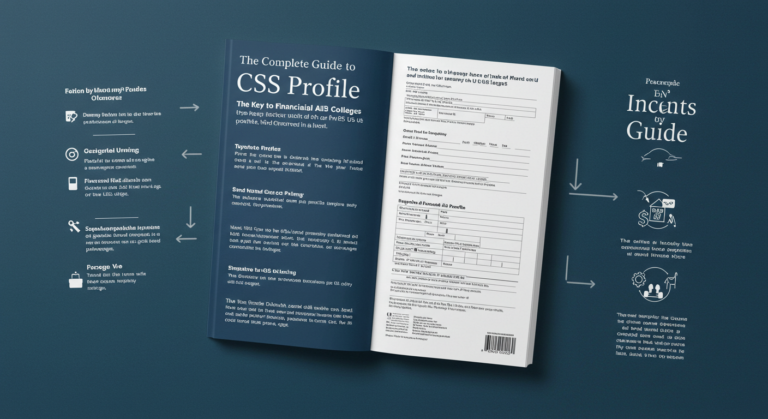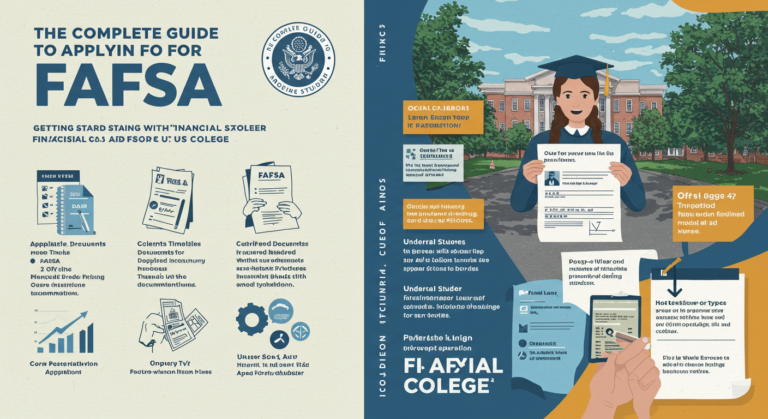Princeton University Financial Aid: A Complete Parent’s Guide
For many families, Princeton University represents the dream of sending a child to one of the world’s most prestigious Ivy League schools. Yet alongside that dream comes a sobering question: “Can we actually afford it?”
The published cost of attendance at Princeton—including tuition, housing, and meals—reaches about $90,730 per year for 2025–26. Understandably, that number alone makes parents nervous. But here’s the reassuring truth: Princeton is widely recognized as one of the most generous universities in the nation when it comes to financial aid. In fact, for many families, the actual cost of attending Princeton can be lower than attending their in-state public university.
This guide will walk you through Princeton’s financial aid philosophy, how the process works, what families can expect at different income levels, and practical tips to ensure you maximize your aid.
Why Princeton’s Approach Is Different
1. Need-Blind Admissions
Princeton practices need-blind admissions for both U.S. and international applicants. This means your child’s financial situation has no impact on their admission decision. In other words, Princeton will not reject a student simply because they require substantial aid.
2. Need-Based Aid Only (No Merit Scholarships)
Princeton does not offer merit-based scholarships for grades, athletics, or extracurricular achievements. Instead, all aid is based strictly on a family’s financial need. While this may seem limiting, it allows Princeton to focus its resources on ensuring that no student is turned away due to financial barriers.
3. Full-Need, Loan-Free Policy
Princeton was the first U.S. university (in 2001) to eliminate student loans from its financial aid packages. All need-based aid is provided as grants, not loans. Students graduate without the burden of repayment, which is why nearly 90% of Princeton graduates finish debt-free.
How to Apply for Aid
Unlike many other private universities, Princeton does not require the CSS Profile. Instead, it uses its own online form, the Princeton Financial Aid Application (PFAA), along with:
- Recent federal tax returns and W-2 forms (or international equivalents)
- Financial information from both custodial and non-custodial parents (if applicable)
U.S. citizens and permanent residents must also submit the FAFSA (Free Application for Federal Student Aid). International students only need to complete the PFAA.
Deadlines:
- Early Action (REA): Usually early November (e.g., Nov. 9)
- Regular Decision (RD): February 1
Submitting your financial aid forms by the deadline ensures that you’ll receive your award information alongside your admission decision.
How Aid Is Calculated
Princeton evaluates your family’s ability to contribute using its own formula, which often provides more generous results than the federal system. Factors include:
- Parent income and assets (savings, investments, property)
- Family size and number of children in college
- Unusual circumstances (job loss, medical expenses, etc.)
The university then covers 100% of the remaining cost with grants. Families can also use Princeton’s Net Price Calculator (available online) to estimate potential awards before applying.
What Families Actually Pay
Thanks to its aid program, the average grant at Princeton is about $80,000 per year, reducing the average family contribution to roughly $6,680 annually—including tuition, housing, and meals.
For many families, Princeton ends up being more affordable than public universities.
Income-Based Scenarios
To give you a clearer picture, here are examples of what different families might expect:
- Family Income: $60,000
Parents typically pay $0. All costs—including tuition, housing, meals, and even personal expenses—are covered by grants. - Family Income: $150,000
Beginning with the Class of 2026, most families earning up to $150,000 qualify for full tuition, housing, and meal coverage. Effectively, these families also pay $0. - Family Income: $200,000–$250,000
Even upper-middle-income families benefit. On average, a $200,000 household might contribute about $12,500, while a $250,000 household might contribute $25,000. - Family Income: $300,000+
While higher-income families may receive reduced aid, those with multiple children in college or unusual financial circumstances can still qualify for meaningful grants.
Tips for Parents
- Meet all deadlines. Submit FAFSA and PFAA by November (REA) or February 1 (RD).
- Be accurate. Double-check that tax forms and PFAA entries match. Missing or inconsistent information can delay processing.
- Use the Net Price Calculator. Estimate your aid package early to plan ahead.
- Explain special circumstances. If your family faces unusual challenges—like medical bills or job loss—inform the financial aid office.
- Renew annually. Aid is recalculated each year, so be prepared to resubmit forms.
Final Thoughts
For families, the idea of paying nearly $90,000 a year for college can be daunting. But at Princeton, financial aid changes the story completely. With its need-blind admissions, loan-free policy, and generous grant packages, Princeton makes an Ivy League education attainable for students from a wide range of financial backgrounds.
The bottom line? If your child earns admission, Princeton will make sure cost is not the reason they can’t attend.
📌 For personalized college counseling or financial aid guidance, contact: www.eliteprep.com/contact-us
Andy Lee / Elite Prep Suwanee
1291 Old Peachtree Rd, NW #127, Suwanee, GA 30024
📧 andy.lee@eliteprep.com | 📞 470.253.1004
🎥 YouTube: @andyssamTV




